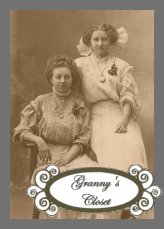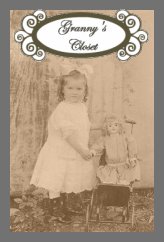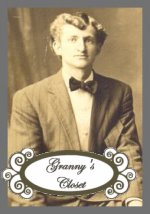| In the early 1800s, few people would recognize even the most
famous people. In our media rich society of today, it’s difficult to imagine not
knowing what Princess Diana, Elizabeth Taylor, or Brad Pitt looks like. But in the days
prior to 1854, even the president or the Pope could walk down Main Street, Anywhere
unrecognized and unnoticed. Photographs were few and far between. Each image required a
separate glass plate and had to be printed individually. Then along came a French
photographer named Andre Disderi. In 1854 he patented a camera with 4 lenses, capable of
producing 8 separate images on one glass plate. This enabled multiple copies of
photographs to be produced quickly and inexpensively. Disderi’s camera produced
photographs that measured approximately 3 ½ by 2 ¼ inches, similar in size to the
elegant engraved cards that ladies and gentlemen might leave when visiting friends and
acquaintances. Because of this similarity, and because the pictures were indeed initially
used as calling cards, Disderi called them "cartes-de-visite", French for
"calling cards". |



